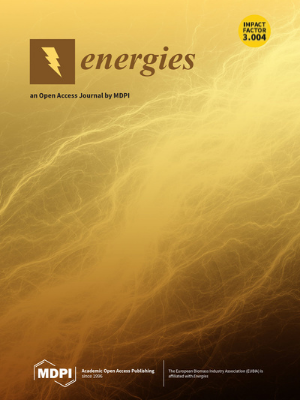住宅直流微电网非隔离多端口转换器综述
IF 3.2
4区 工程技术
Q3 ENERGY & FUELS
引用次数: 0
摘要
如今,能源可持续发展的需求推动着新型电力系统架构的发展,这种架构能够有效地收集和输送绿色能源。具体而言,直流微电网(DC-MG)已成为分布式发电的理想基础,尤其是在住宅应用中。功率转换的关键作用以及对更经济、更紧凑的转换器的需求,引起了越来越多的研究兴趣。多端口转换器(MPC)在这些应用中表现出有益的运行特性,因此,文献中提出了大量不同的拓扑结构。尽管有一些文献尝试对这一领域的现状进行整理和回顾,但其分类都是基于转换器端口之间是否存在隔离,而没有对拓扑结构的概念进行深入分析。本文通过文献综述,明确了最适合住宅直流发电机的非隔离式 MPC 拓扑。根据技术特点对额定功率在 0.1 至 1 千瓦之间的转换器进行了比较,并根据其拓扑推导过程进行了分类。这一过程分别针对适用于单极和双极直流母线的 MPC 进行。所选方法以结构化的方式强调了每种 MPC 的设计基础,有助于新老研究人员进一步开发原始转换器。本文章由计算机程序翻译,如有差异,请以英文原文为准。
Review on Non-Isolated Multiport Converters for Residential DC Microgrids
Nowadays, energy sustainability needs drive the development of novel power system architectures that efficiently harvest and deliver green energy. Specifically, DC Microgrids (DC-MG) have emerged as promising bases for distributed power generation, especially in residential applications. The pivotal role of power conversion and the need for more affordable and compact converters has led to an increasing research interest. MultiPort Converters (MPCs) exhibit beneficial operational characteristics for these applications and, therefore, a plethora of different topologies is suggested in the literature. Even though there have been some attempts to organize and review the field status, the categorization is based on the existence or not of isolation between the converter’s ports, without providing insight on the topology conception. In this article, a literature review is conducted to specify the most suitable non-isolated MPC topologies for residential DC-MGs. Converters with a power rating ranging from 0.1 to 1 kW are compared based on technical features and categorized according to their topology derivation process. This procedure is performed separately for MPCs suitable for unipolar and bipolar DC Buses. The selected approach highlights the design basis for each MPC in a structured manner, facilitating further development of original converters by both new and experienced researchers.
求助全文
通过发布文献求助,成功后即可免费获取论文全文。
去求助
来源期刊

Energies
ENERGY & FUELS-
CiteScore
6.20
自引率
21.90%
发文量
8045
审稿时长
1.9 months
期刊介绍:
Energies (ISSN 1996-1073) is an open access journal of related scientific research, technology development and policy and management studies. It publishes reviews, regular research papers, and communications. Our aim is to encourage scientists to publish their experimental and theoretical results in as much detail as possible. There is no restriction on the length of the papers. The full experimental details must be provided so that the results can be reproduced.
 求助内容:
求助内容: 应助结果提醒方式:
应助结果提醒方式:


